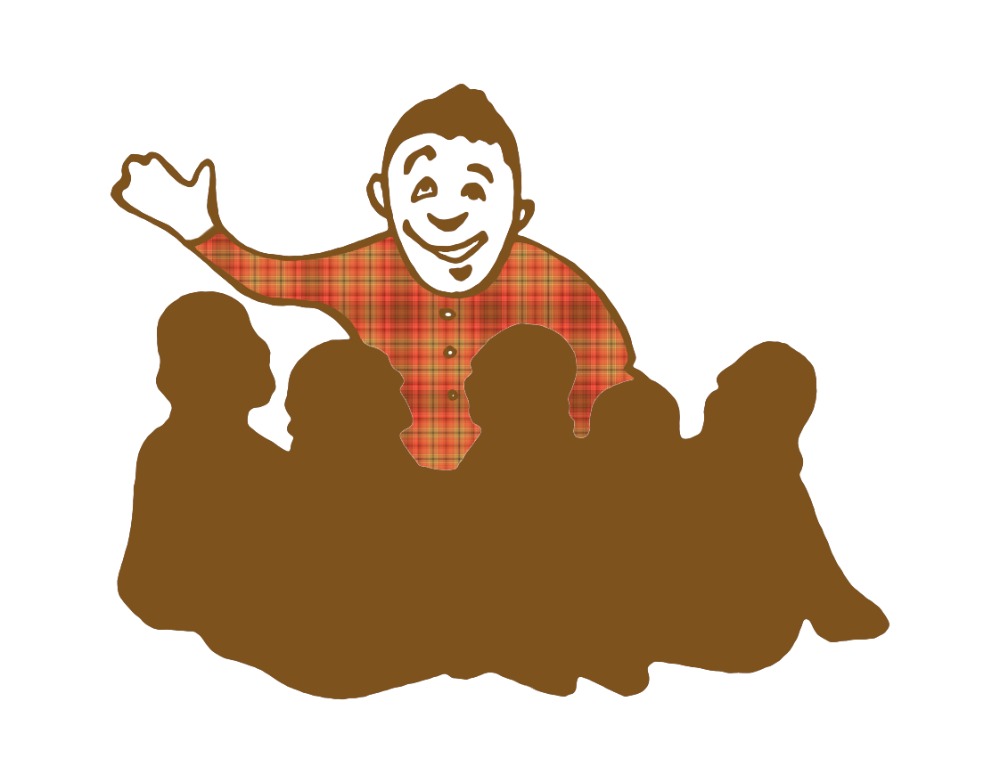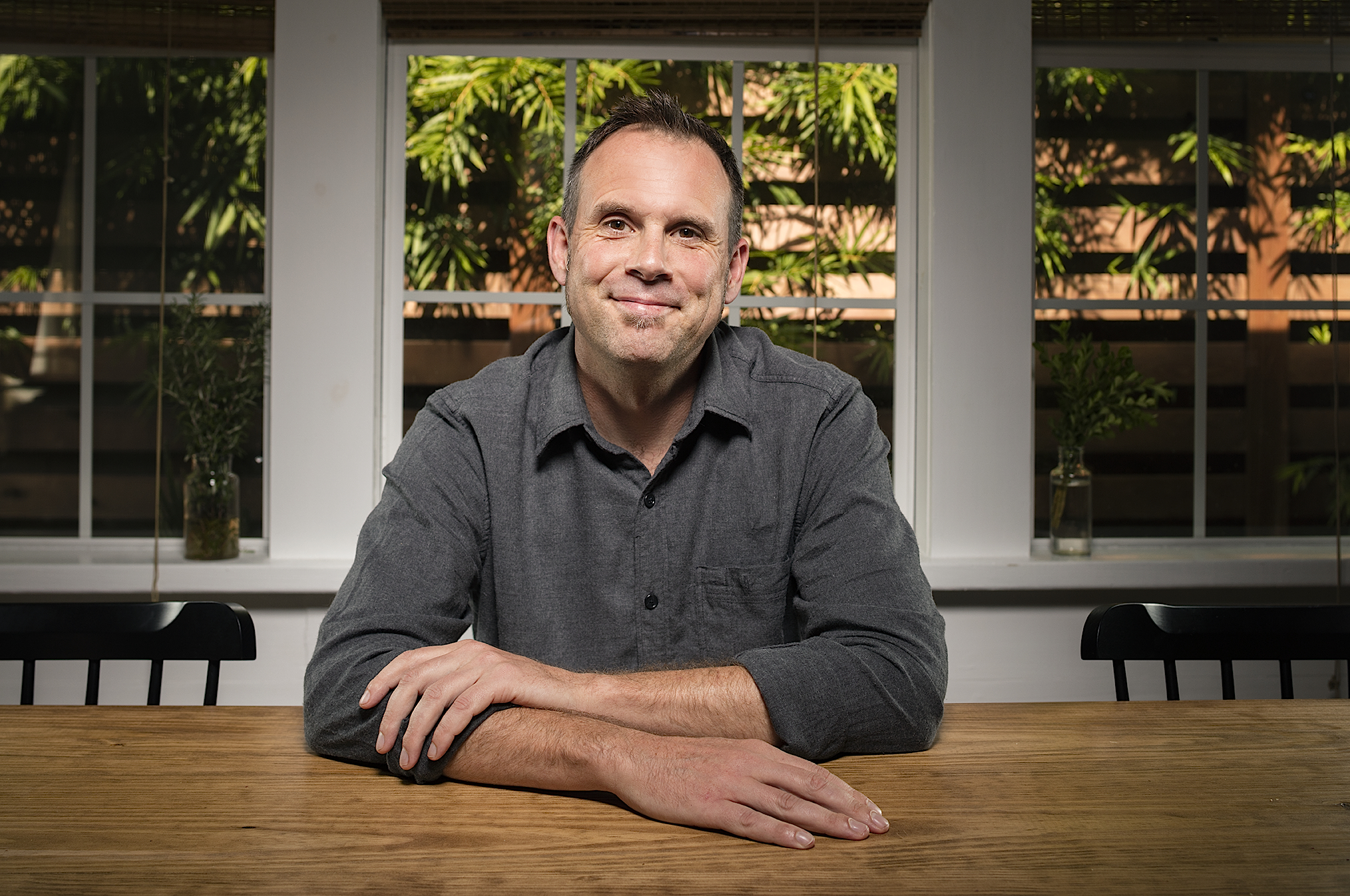Why Storytelling Is Way Better Than Lecturing Your Kids
This article was published on The Good Men Project in September of 2013. It’s so relevant and useful, we wanted to share it again here.
He left his sneakers out in the rain again. She will not leave her sister alone. He is terrified of spiders. She refuses to go to her annual checkup with the doctor. This is all normal everyday stuff for moms and dads everywhere. Fears, frustrations, anxieties, excitements, habits, and dynamics — and, as parents, we intervene.
For dads this can often be a lecture. We reason with our children. We lay out the “reality” that most spiders are not dangerous and that in fact, they are vital in the ecosystem. We explain that their sister is much smaller and that hitting them is never okay — especially with something hard like a Fisher Price telephone. We give them a very reasonable argument for changing their behavior, and sometimes they nod their heads and agree: they will try harder, they won’t do it again, they won’t be afraid next time, they will do what you ask.
But seldom does anything change. Let’s face it — this strategy rarely even works with adults. Still afraid of speaking publicly? Lost the keys again? Responding defensively to constructive criticism?
There is an alternative parenting technique that is hardly new. It has been used since our species could speak, and it is not only effective, it is delightful: storytelling. We are wired for it — literally. The neuroscience is conclusive — we use stories to build our realities and make sense of them. Think about your day. How much of what you said today was a story? Most of it? All of it? When your spouse asked you about your day, your answer was a story. When your friend asked about the goings on in Syria or Boulder or Kenya, your answer was a story.
So within the context of parenting, how is this not the go-to parenting tool of our time? Quite simply: it’s because of fear. We are afraid we won’t know what story to tell. We are afraid we will tell a boring or bad story. We are afraid our children will screw up their faces and say, “That was dumb.”
To these fears, I say:
There was once a man who was afraid to talk. He was worried about what it would sound like. Would he growl? Would he hoot? Would he squawk? But then, one day, he saw that a child was about to fall into a trap he himself had made to catch coyotes. The child was too far away to reach, so he finally called out, “Stop!” The child stopped. The child was fine — and this was because of what he had spoken.
So that was a story. The intention was to get you past your fear, reframe storytelling, and then motivate you to open your mouth and speak. Is your child afraid of the dark? Tell them a story about a mouse who has the same fear and then — because darkness is a part of life — he gets over it. Just make it up and keep talking until the story it over. It’s that simple. It doesn’t need to be profound or even insightful. You just need to show your child that you care enough to try.
And you will be amazed. Sometimes a single story can make all the difference. Dealing with bullying? Tell a story. Moving to a new home? Tell a story. Child feeling anxious about their upcoming recital? Tell a story. Explain later, if you have to — but understand that through storytelling, you are speaking their language. The language of dreams. The language of possibility. Plus, it is a lot of fun.
Not yet a subscriber? Try a free trial HERE.
About the authors
-

David Sewell McCann
Story SpinnerDavid Sewell McCann fell in love with spinning stories in first grade – the day a storyteller came to his class and captured his mind and imagination. He has been engaged in storytelling all of his adult life through painting, film-making, teaching and performing. Out of his experience as a Waldorf elementary class teacher and parent, he has developed a four step method of intuitive storytelling, which he now shares through workshops and through this website.



